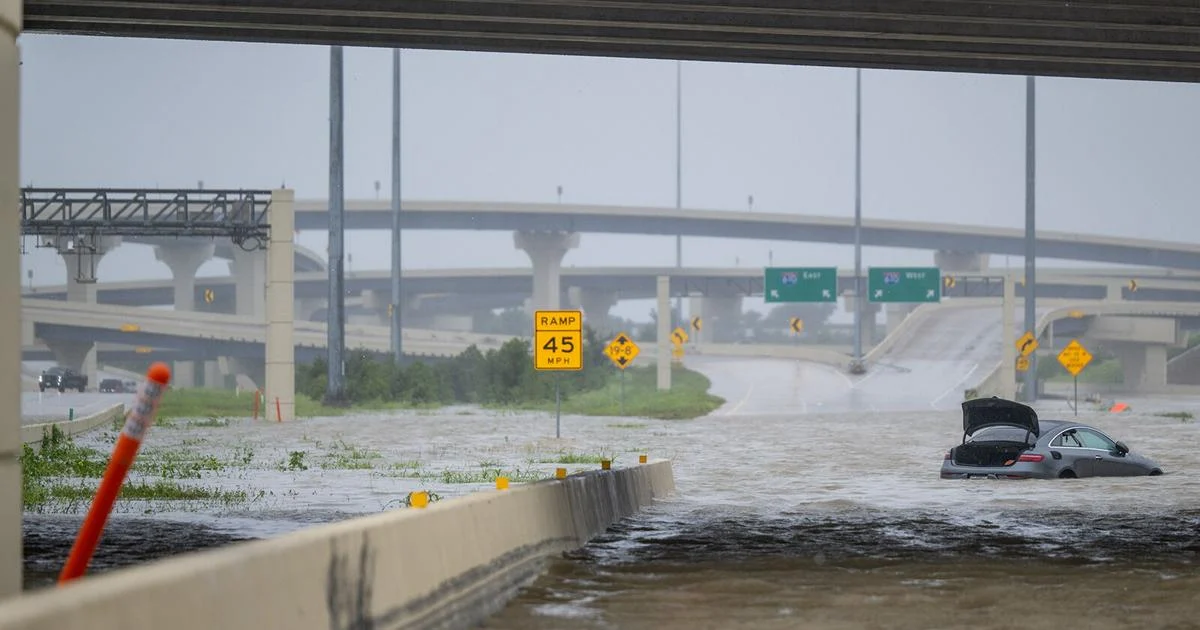Tropical Depression Beryl’s Formation and Movement

Tropical Depression Beryl emerged as a budding tropical disturbance near the coast of South Carolina on May 29, 2023. The disturbance, initially designated as Invest 99L, gradually organized as it moved northeastward, gaining strength over the warm waters of the Gulf Stream. By May 30, it had developed into a tropical depression, earning the name Beryl.
As Tropical Depression Beryl inches closer to land, meteorologists urge residents to stay informed. The Louisville Weather Radar provides real-time updates on the storm’s path, allowing residents to make informed decisions. As Beryl approaches, it’s crucial to monitor its progress closely and heed any evacuation or safety advisories.
The development of Tropical Depression Beryl was influenced by a combination of favorable atmospheric conditions. Warm ocean temperatures provided the necessary energy for the system to intensify. Additionally, a low-level jet stream, a narrow band of strong winds in the lower atmosphere, helped to maintain the depression’s circulation.
Initial Path, Tropical depression beryl
Initially, Tropical Depression Beryl moved northeastward, following the path of the low-level jet stream. It made landfall near Myrtle Beach, South Carolina, on May 31, bringing heavy rainfall and gusty winds to the coastal region. After crossing the coast, Beryl turned to the north-northeast, paralleling the Atlantic coastline.
As Tropical Depression Beryl swirls over the Atlantic, the latest updates are available at hurricane beryl live. Follow the storm’s path, intensity, and potential impacts on coastal areas in real-time. Stay informed as Beryl continues its westward journey, bringing with it heavy rainfall and strong winds.
Subsequent Movement
As Tropical Depression Beryl moved northward, it encountered cooler ocean waters and increasing wind shear, conditions that typically hinder tropical cyclone development. As a result, Beryl’s forward motion slowed, and it weakened to a post-tropical cyclone on June 1. The remnants of Beryl continued to move northward, bringing heavy rainfall to the Mid-Atlantic states before dissipating over eastern Canada.
Satellite Imagery
Satellite imagery captured the evolution of Tropical Depression Beryl throughout its lifetime. The images revealed a well-defined circulation center and organized thunderstorms associated with the system. As Beryl made landfall, satellite data showed the storm’s interaction with the coastline, leading to the formation of a rainband that extended inland.
Potential Impacts of Tropical Depression Beryl
Tropical Depression Beryl is expected to bring heavy rainfall, strong winds, and storm surge to the southeastern United States. The geographic areas most likely to be affected include Florida, Georgia, and the Carolinas.
The heavy rainfall associated with Tropical Depression Beryl could lead to flooding in low-lying areas. This flooding could damage infrastructure, such as roads and bridges, and disrupt transportation. Coastal communities are also at risk of storm surge, which is a rise in sea level caused by the storm. Storm surge can cause flooding and damage to buildings and other structures. The strong winds associated with Tropical Depression Beryl could also cause damage to trees and power lines, leading to power outages.
Overall, Tropical Depression Beryl has the potential to cause significant impacts to the southeastern United States. Residents in the affected areas should be prepared for flooding, storm surge, and wind damage.
Risks Associated with Flooding, Storm Surge, and Wind Damage
The risks associated with flooding, storm surge, and wind damage can be significant. Flooding can cause damage to property and infrastructure, and can also lead to the spread of disease. Storm surge can cause coastal erosion and flooding, and can also damage buildings and other structures. Wind damage can cause damage to trees and power lines, and can also lead to power outages.
It is important to be aware of the risks associated with these hazards and to take steps to protect yourself and your property. If you live in an area that is at risk of flooding, storm surge, or wind damage, you should develop an emergency plan and have a supply of food, water, and other essential items on hand.
Preparedness and Response Measures: Tropical Depression Beryl

As Tropical Depression Beryl looms on the horizon, local authorities and emergency responders have taken swift action to ensure the safety of affected communities. Comprehensive preparedness measures have been implemented, encompassing evacuation plans, resource allocation, and robust support systems.
In anticipation of the storm’s impact, evacuation plans have been meticulously crafted and disseminated to residents in vulnerable areas. Evacuation routes have been clearly defined, and designated shelters have been established to provide refuge for those who need it. To facilitate a smooth and orderly evacuation process, transportation assistance is being provided to those who may not have access to private vehicles.
Resource Allocation
To effectively respond to the challenges posed by Tropical Depression Beryl, a vast array of resources has been mobilized. Emergency supplies, including food, water, and medical kits, have been stockpiled and strategically distributed to affected areas. Additionally, essential equipment such as generators, pumps, and communication devices have been secured to ensure the continuity of critical services.
Support Systems
A comprehensive network of support systems has been established to provide assistance to communities during and after the storm. Emergency personnel, including police, fire, and medical professionals, are on standby to respond to any situation that may arise. Moreover, community organizations and volunteers are working tirelessly to provide support and assistance to those in need, offering shelter, food, and emotional support.